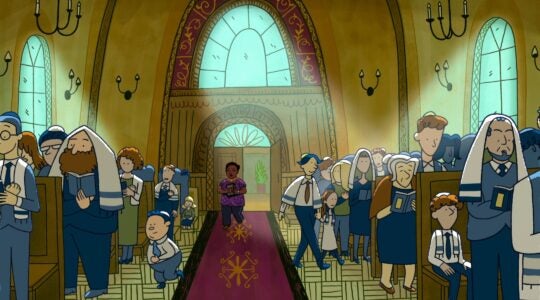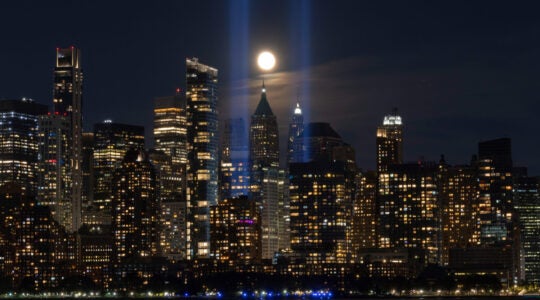‘In every generation each person should see themselves as if they personally were part of the exodus from Egypt.” So says the Talmud (Pesachim 116b), but what does that really mean? Is it possible to do as most classical commentaries suggest — engage in a psycho-spiritual transformation which crosses the boundaries of time and space, to actually see ourselves as if we are leaving Egypt?
Recognizing the difficulty of such radical empathy, other commentators suggest that we need not see ourselves as the actual people leaving Egypt. Instead, they teach that we should present ourselves as those people by reenacting what they did — hence many of the practices of the Seder such as eating matzah and bitter herbs. Following a classically Jewish approach, we focus on practice, doing as our ancestors did and leave the ability to feel what they felt to forces beyond our immediate control.
More recently, many have taken inspiration from the fact the Hebrew word for Egypt, Mitzrayim, literally means “tight spots.” The challenge of seeing ourselves leaving Egypt is not the difficulty of going back in time, but the difficulty of confronting the tight spots in our own personal lives, seeing a path out of them, and celebrating the first steps taken on that path. But, like so much else in our increasingly atomized culture, this approach loses the collective or communal intensity of a shared Exodus.
Sometimes though there are specific historic events in which we really can see ourselves — in which we can readily feel ourselves as being among those who have left a place of slavery and begun the march toward greater freedom and dignity. This is one of those years, and American Jews especially have a special opportunity as we celebrate two Exodus stories, one ancient and the other quite modern.
Fifty years ago this spring, as Jews around the world celebrated leaving Egypt, America was setting out on a new exodus of its own. Like the Jewish people of old, Americans were striking out for new reality, one for which, in many ways, they were unprepared. But as in the earlier exodus, there was a sense that the time had come for a new journey to freedom. The possibility of fulfilling long held dreams gave people the courage to set out. This year we can celebrate both of those journeys, and build a better future by doing so.
In May 1961, the first Freedom Riders left Washington, D.C., for New Orleans. Of course, long before there were Freedom Riders, there were “Freedom Walkers” — our ancestors who left Egypt and celebrated the first Passover. We can walk in our ancestors’ steps and ride in our parents and grandparents seats, if we dare to dream as big as they did. And when we do, we really will see ourselves as those leaving Egypt.
Passover is a time of hopes and dreams. They need not be fully understood and their realization may be far off, as was the case for both the Freedom Riders and “Freedom Walkers,” but that is what distinguishes a dream from a plan. But by articulating our hopes and dreams, and taking the first steps toward them, we can liberate ourselves and improve our world. That, too, is proved by the lives of those who walked and rode before us.
Like the thousands who boarded buses all over America in the 1960s, the ancient Israelites and those who joined them were animated by dreams — of better lives, greater freedom, and the realization of their nation’s full potential. Passover is our chance to join their journeys by adding our dreams to theirs.
Like the Israelites and the Freedom Riders, the dream must be so bold that some may call it crazy. That’s what people called Theodore Herzl when he declared in 1897 that perhaps in five years, but certainly in 50, there would be a Jewish state. Insane! Yet he was right, almost to the day. When we dream that big, we are transformed and so is our world.
This Passover, ask yourself and those gathered at your table to imagine the dreams of those leaving Egypt. For example, consider what dreams empowered them to take those first steps into freedom. What dreams filled the hearts of the daring souls who rode buses through the South? Take a moment to talk about how dreams provide courage and motivate action against seemingly insurmountable odds. When else in human history has that happened?
Perhaps most importantly, share one dream you have for the Jewish people, or for America. If it’s likely to be accomplished any time soon, try dreaming bigger. And then also share one concrete step you can take to realize your dream. When you do, you will be walking with our ancestors and riding with American heroes — you will see yourself as one leaving Egypt.
Rabbi Brad Hirschfield is the president of Clal – The National Jewish Center for Learning and Leadership, and the author of “You Don’t Have to be Wrong for Me to Be Right.”
The New York Jewish Week brings you the stories behind the headlines, keeping you connected to Jewish life in New York. Help sustain the reporting you trust by donating today.




